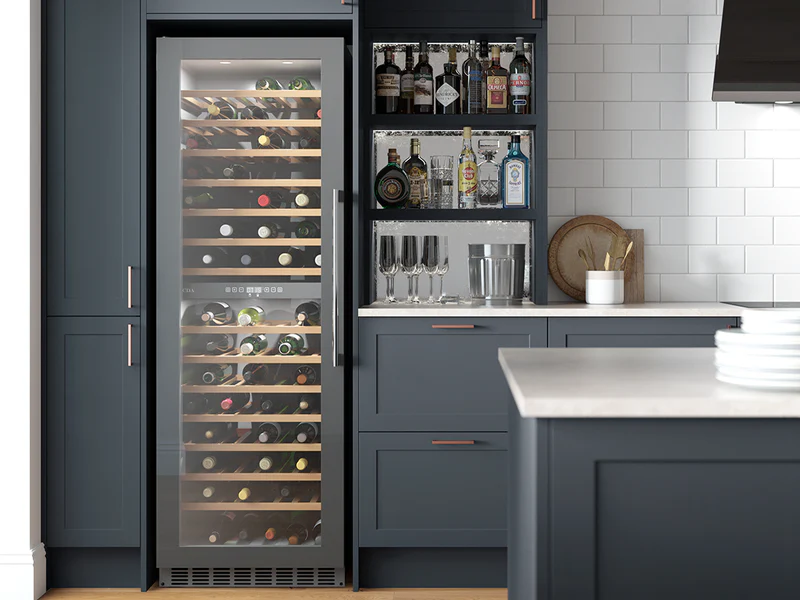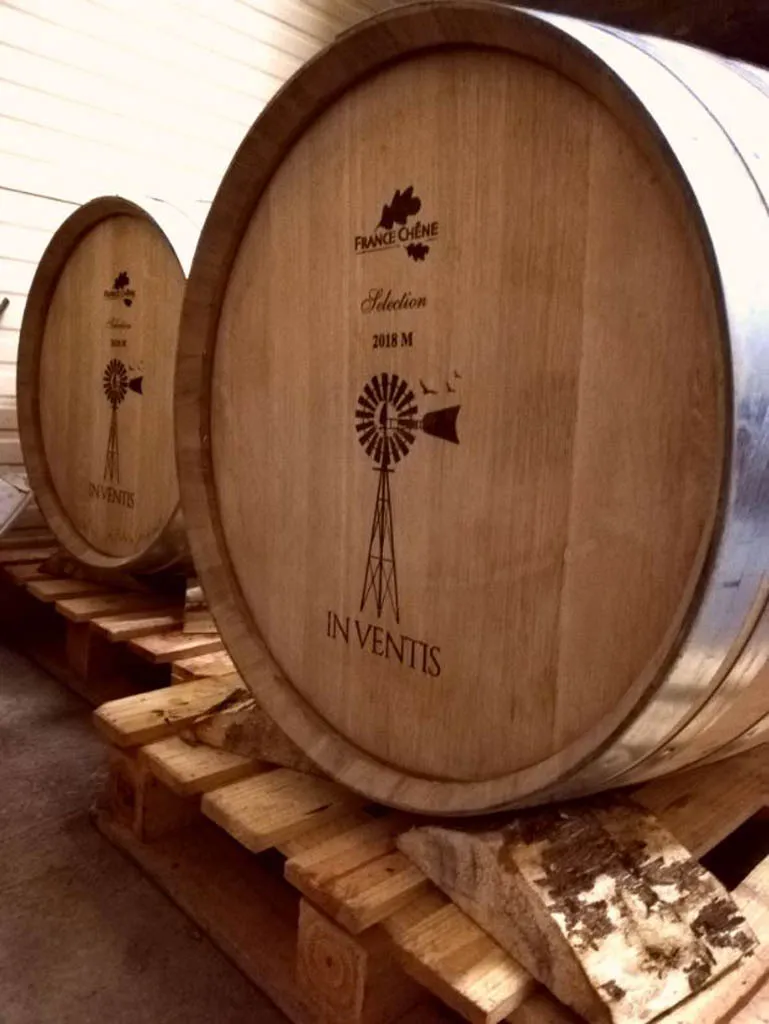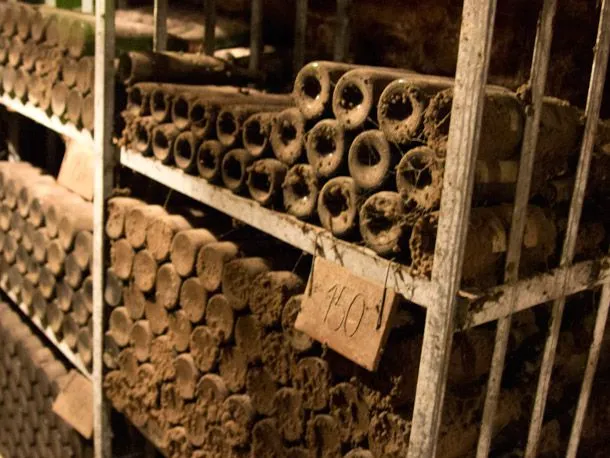Wines & Drinks
How to Start Your Own Wine Cellar
🍷 How to Start Your Wine Cellar: A Beginner’s Guide for Wine Lovers in Taiwan
Building your wine cellar might sound like something reserved for collectors or connoisseurs. But in reality, creating a personal collection of bottles to enjoy over time is one of the most rewarding ways to experience wine, whether you’re a total beginner or a growing enthusiast.
This guide is specifically designed for wine lovers in Taiwan, where the heat and humidity present unique challenges to wine storage. We’ll show you how to select your first bottles, store them safely, expand your cellar, and know when to enjoy your wines. Let’s dive in!
1. 🧭 Why Start a Wine Cellar?
Before you start shopping, ask yourself: Why build a cellar?
- Pleasure: You’ll always have the right bottle for dinner, guests, or special occasions.
- Learning: Tasting the same wine after 1, 3, or 5 years teaches you how wines evolve.
- Saving money: Buying in advance—especially during seasonal sales—can be cost-effective.
- Gifting or entertaining: A well-chosen wine makes a perfect gift or host offering.
Whether you want just 20 bottles or dream of hundreds, the journey starts the same way: with a single bottle and a plan.
2. 📦 Storing Wine Properly — Especially in Taiwan
Wine is a living product. It’s sensitive to temperature, light, and humidity. This means proper storage is crucial.
2.1 The Golden Rules of Wine Storage
- Temperature: Ideally 12–14°C (never above 20°C)
- Humidity: Around 60–70% to prevent corks from drying out
- Darkness: Light damages wine over time
- Stability: Bottles should lie on their side and avoid vibration
2.2 Taiwan’s Challenge: Heat & Humidity
Taiwan’s climate can ruin wine in weeks if it’s stored improperly. Here are your best options:
- Wine fridges (cellars): Great for beginners. Options range from 12-bottle to 150-bottle capacity.
- Professional wine storage services: Consider facilities like 99Wines Wine Cellar (镙酒窖) in Kaohsiung. These offer climate-controlled storage, drive-in access, and tasting rooms.
- Avoid regular fridges: They’re too dry and vibrate constantly.
Tip: If you’re serious about collecting, invest in storage before you invest in expensive bottles.

3. 🛒 Choosing Your First Wines
3.1 A Balanced Starter Cellar
Start with a variety of wines—some to drink soon, some to age. Here’s a good breakdown for 12 to 24 bottles:
- Red Wines (60%)
- Bordeaux or blends (Cabernet/Merlot)
- Côtes du Rhône or Syrah-based wines
- Pinot Noir (Burgundy, Alsace, or Oregon)
- White Wines (30%)
- Chardonnay (from Burgundy or cool-climate areas)
- Riesling (Alsace or Germany)
- Chenin Blanc (Loire Valley)
- Sparkling or Sweet Wines (10%)
- Crémant, Champagne, or Cava
- A sweet wine like Sauternes, Muscat, or Tokaji
Choose different vintages and buy in pairs when possible—so you can try one bottle now and age the second.
3.2 What About Wine Prices?
You can start a great cellar for NT$15,000 to NT$30,000 (approx. €450–900).
- Entry-level wines for aging: NT$600–1,200 per bottle
- Mid-range collectible wines: NT$1,500–3,000 per bottle
Look for reliable importers and ask about storage conditions.
3.3 One Excellent Example: In Ventis (Gaillac, France)
We proudly recommend In Ventis, a winemaker from Gaillac. Their red cuvée “Les Choses Sérieuses” is a superb wine for aging: structured, elegant, and made with long-term cellaring in mind.
Whether you’re starting small or planning a serious collection, including one or two wines like this will help anchor your cellar with long-term potential.

4. 📈 Growing Your Cellar Over Time
4.1 Buy Regularly
Don’t buy everything at once. Let your cellar evolve with your taste:
- Add 2–3 bottles per month
- Watch for promotions, direct-from-winery deals, and local tastings
- Keep an eye on vintages and winery releases
4.2 Explore New Regions and Styles
Start branching out:
- Southern Italy, Spain, or Austria
- Organic or natural wines
- Orange wines or amphora-aged reds
- Asian producers (Japan, even Taiwan’s emerging scene)
4.3 Keep a Wine Log
Tracking your wines prevents waste and helps with planning.
Use:
- Apps like CellarTracker or Vivino
- Spreadsheets with tasting notes and ideal drinking windows
5. ⏳ When to Drink Your Wines
5.1 How Wine Evolves
Aging changes wine’s structure, aroma, and texture. At its peak, a wine becomes more complex and harmonious.
Three stages:
- Youth: Fresh, fruity, acidic
- Maturity: Rounded tannins, integrated flavors
- Decline: Aromas fade, structure weakens
5.2 How Long Should You Wait?
- To drink soon (0–2 years): Light reds, rosés, crisp whites
- Medium-term aging (3–5 years): Pinot Noir, Chardonnay, Rhône blends
- Long-term aging (5–10+ years): Bordeaux, structured reds, some whites like Riesling or Chenin Blanc
Not all wines improve with time. Most supermarket wines should be enjoyed young.
5.3 Don’t Wait Too Long
The point of wine is to enjoy it, not hoard it. Open bottles regularly and learn as you go.
Use dinners, birthdays, holidays, or just a quiet evening as a reason to uncork a special bottle.

6. 🎯 Final Tips for Cellaring Success
- Always buy from reputable sellers, and ask how the wine was stored.
- Label shelves or cases.
- Avoid storing wine in cardboard boxes long-term.
- Consider joining a wine club or community (online or local).
- Trust your palate. Don’t chase labels—drink what you love.
🙋 Frequently Asked Questions
Not unless it stays below 18°C all year. Use a wine fridge or professional storage.
Some do—like Riesling, Chenin Blanc, or White Burgundy—but most should be drunk within 2–3 years.
Try it! If you bought two bottles, open one after 2–3 years and compare later.
Time to upgrade your storage or start sharing more often with friends and family 😊
📝 Conclusion
Building your wine cellar is not just about storage—it’s about exploration, pleasure, and memory-making. Especially in Taiwan’s climate, proper planning is essential, but the reward is having a curated collection that grows with your taste.
Start with 10 or 20 bottles. Invest in good storage. And don’t forget to treat yourself along the way, with something like “Les Choses Sérieuses” from In Ventis, a bottle that tells its own story with time.
Cheers to your first bottle—and your first step into the world of wine collecting! 🍷

